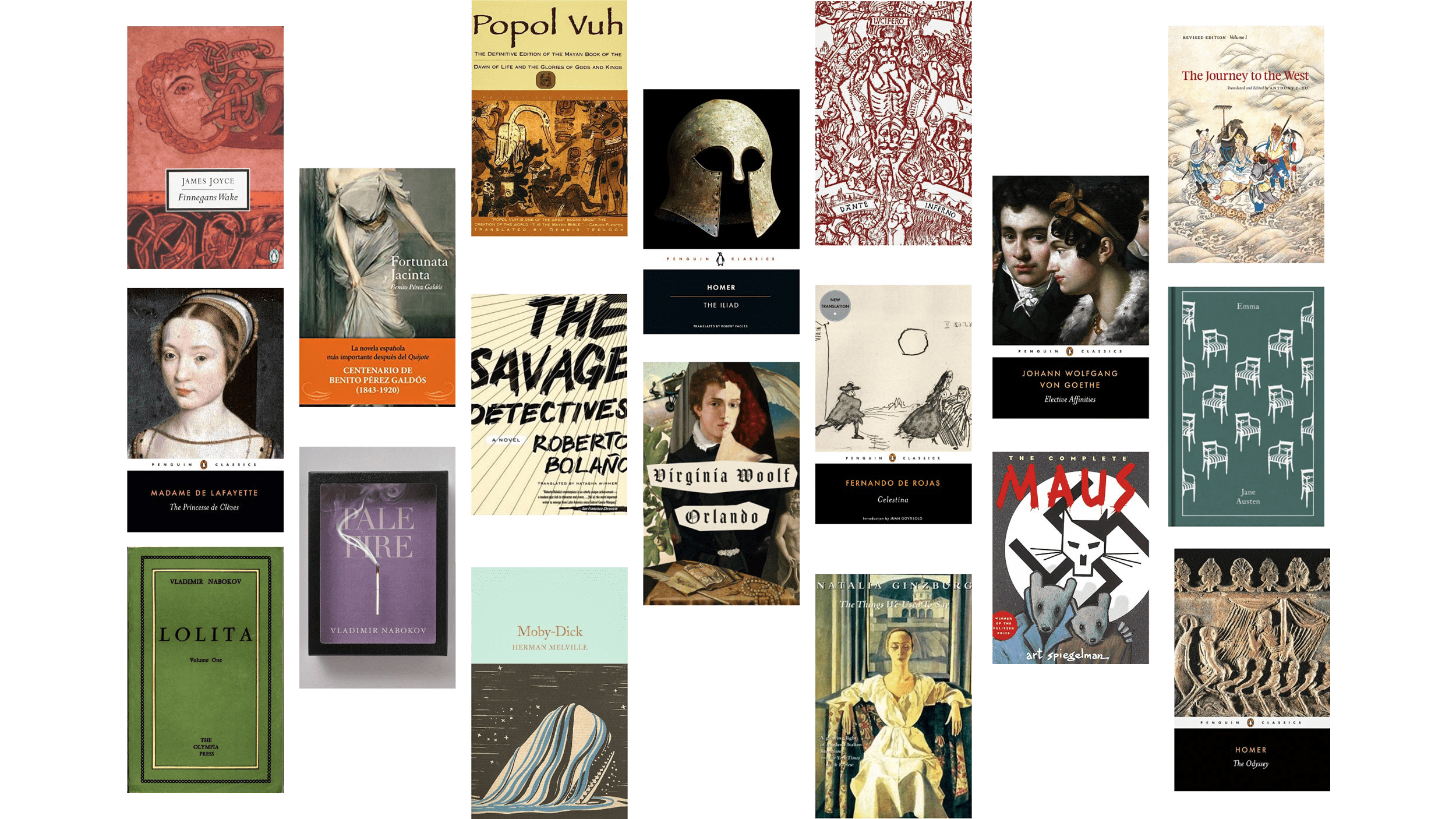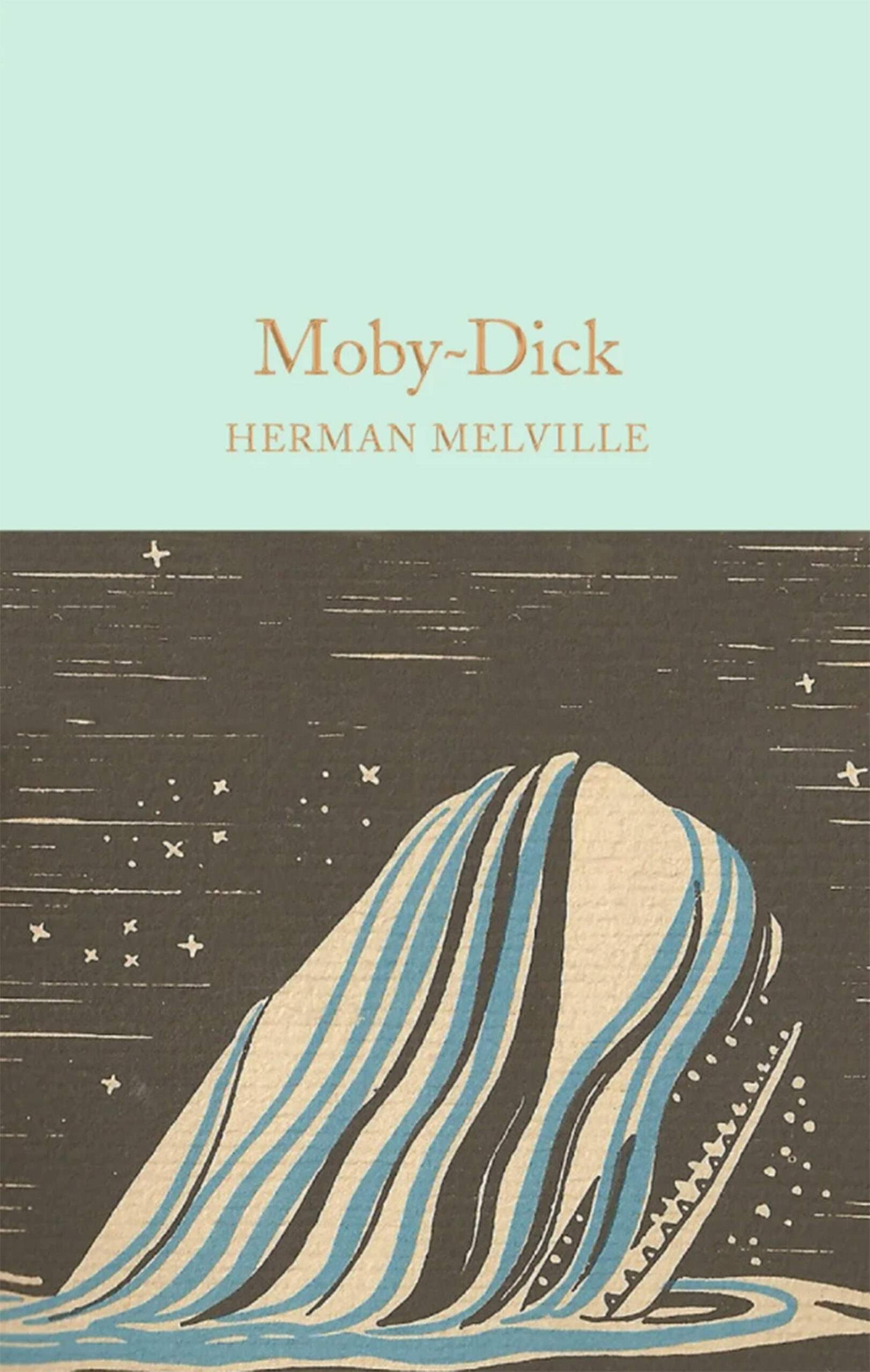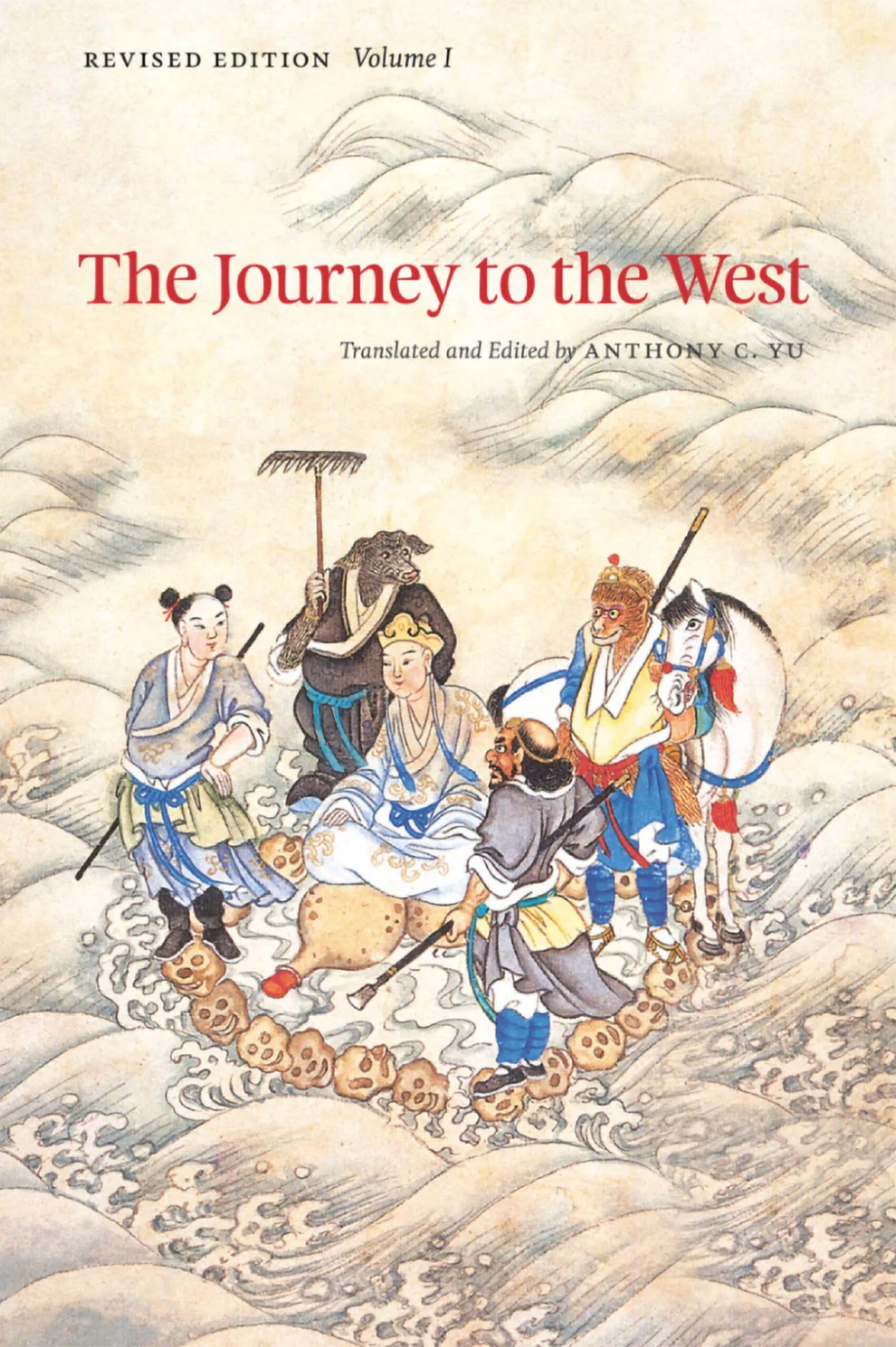Everyone calls it a classic. But who’s everyone, and why am I so bored?

Scholarly wisdom for readers beating their heads against a great work of literature: Stop doing that
For centuries, authors, scholars, critics, and ordinary readers have sought to understand and explain what makes a great book great. When we say “classic,” we mean a work “which helps you define yourself in relation or even in opposition to it,” according to Italo Calvino. Or maybe Mark Twain had it right: a classic is “a book which people praise and don’t read.”
Surely, Harvard faculty would have an opinion. We talked to four professors about the classics they cherish and the ones they’ve never finished (or started). Responses have been edited for clarity and length.

Maura Henry, A.M. ’90, Ph.D. ’96
Special Program Instructor at Harvard Extension School
Please don’t tell my sophomore high school English teacher, but I never finished Herman Melville’s “Moby-Dick.” Just. Couldn’t. Do. It.
A classic I hope to get to it this summer is “The Narrative of Arthur Gordon Pym of Nantucket” by Edgar Allan Poe. This tale of a boat trip gone awry is on my list thanks to Yann Martel’s “Life of Pi.” Ironically, I have not read Martel’s novel (!), but I have seen the haunting theatrical adaptation.
A classic that I think is overrated: Vladimir Nabokov’s “Lolita.” Whilst many will point to the radical nature of the story and the narration, it’s hard to get around the pedophilia and misogyny at the center of the novel. Instead of “Lolita,” I suggest Virginia Woolf’s “Orlando” as an exploration of gender, desire, and identity.
I suppose I read the classics — as well as contemporary literature — because doing so engages my mind and spirit. Returning to a classic (an old friend) over time is particularly interesting because whilst the novel remains the same, I have changed and so my engagement with the novel differs over time. Classics, for me, are part of an ongoing discourse: Some books are considered classics by some folks while other books are not. Some books retain the distinction over time while some books once considered classics are no longer read. Similarly, new works (and works previously overlooked) gain the moniker. It’s important to note, for example, that Jane Austen wasn’t included among the classics when I was an undergraduate in the mid-1980s. The classics are, like so many other aspects of our lives, socially constructed. Thus, they are shaped by and reflective of time and place. Modern classics in wholly new genres, like Art Spiegelman’s “Maus,” for instance, must be considered — and incorporated into the classics, in my opinion.

Stephen Greenblatt
John Cogan University Professor of the Humanities
I don’t have a list of classics I regard as overrated, but I will confess that I have never really been able to get my head around “Finnegans Wake” by James Joyce.
On my list of books I hope to read soon (after I’ve finished Roberto Bolaño’s “The Savage Detectives”) is Benito Pérez Galdós’ “Fortunata and Jacinta.”
As for great books that some readers may have overlooked, I recommend Fernando de Rojas’ “La Celestina,” Madame de La Fayette’s “Princess of Cleves,” Goethe’s “Elective Affinities,” and Natalia Ginzburg’s “The Things We Used to Say” (Lessico Famigliare).

Rachel Love
Assistant professor of the classics, Department of the Classics
I teach the first-year seminar “What is a Classic?” What we do in the class is deconstruct choices that are structural, that are often Eurocentric, and that are usually rooted in invisible biases that are behind the cultural forces that go into plucking one book out of the ether and saying, “This is a classic,” and then setting it alongside a collection of other works and saying, “This is the canon of classics.” It is a statement that also implies that if you don’t read this cannon of classics, you’re not educated, and if you don’t like them, it’s because you’ve got bad taste. The class is an invitation to students to be proper interlocutors and proper critics of the books that they’re receiving as classics.
The question of what is a classic introduces the question of, well, who’s doing the rating? There is no sort of cosmic council or secret cadre of academics who are meeting and making these decisions. What I would say is that it’s important to read books that challenge you and make you feel uncomfortable. It’s also important not to feel like you’re doing something wrong or you’re less intelligent if you don’t find enjoyment in reading books that are labeled classics. Your time would be much better spent developing your own tastes and finding out what you do like in literature or music; you’re going to live a much richer life.
The classics I haven’t read? The answer is many. I couldn’t read “Lolita.” It wasn’t due to a moral compunction. I know that there are many ways to read that text productively, but at the time I tried to read it, that wasn’t the type of head I wanted to inhabit. I didn’t want to share that perspective or to find empathy with that character. I do love Nabokov’s “Pale Fire,” which I think is even more difficult to read.
On my to-do list for a long time has been “Journey to the West,” which is an early Buddhist text. I’ve also never read Dante’s “Inferno,” the first part of the epic poem “Divine Comedy.” I know I need to, but I think I might make a very controversial decision and go the rest of my life not reading it.

Gregory Nagy
Francis Jones Professor of Classical Greek Literature and professor of comparative literature
I started teaching at Harvard in 1966 as a linguist, not as a literary critic. I have a pretty good record when it comes to the Greco-Roman canon, but I don’t have a good record with other canons. To solve our deficiencies, I and two other professors started reading classics together. This was before COVID. We would meet every week to talk about books. We felt a great sense of accomplishment because we would have deep discussions. We started “Moby-Dick” and we never finished it together. After COVID stopped our regular meetings, I realized that the actual reading was satisfying, but it was a lot more fun getting together with friends to talk about books.
During the years of Trump and during the years of COVID, my dear wife and I started watching BBC remakes of English classics. That inspired me to read Jane Austen for the first time in my life. As a philologist, I like to read annotated editions, and not only did I read every annotation in massive editions of Jane Austen, I also made my own annotations, penciling them into the margins. That’s how much I started loving the art of Jane Austen. I’ve read five or six books by Austen. “Emma” is my favorite.
As a linguist, I love all books. I’ve seen in my own lifetime works that were underappreciated that are now far more appreciated, and vice versa. I’m part of an organization called Classical Continuum. We define classics comparatively, which means that “The Popol Vuh,” the story of creation of the Maya people, should also be considered a classic, or the graphic novel “Maus,” which is now being banned in libraries. As for what classic works people should read, I would passionately recommend “The Iliad” and “The Odyssey.”




